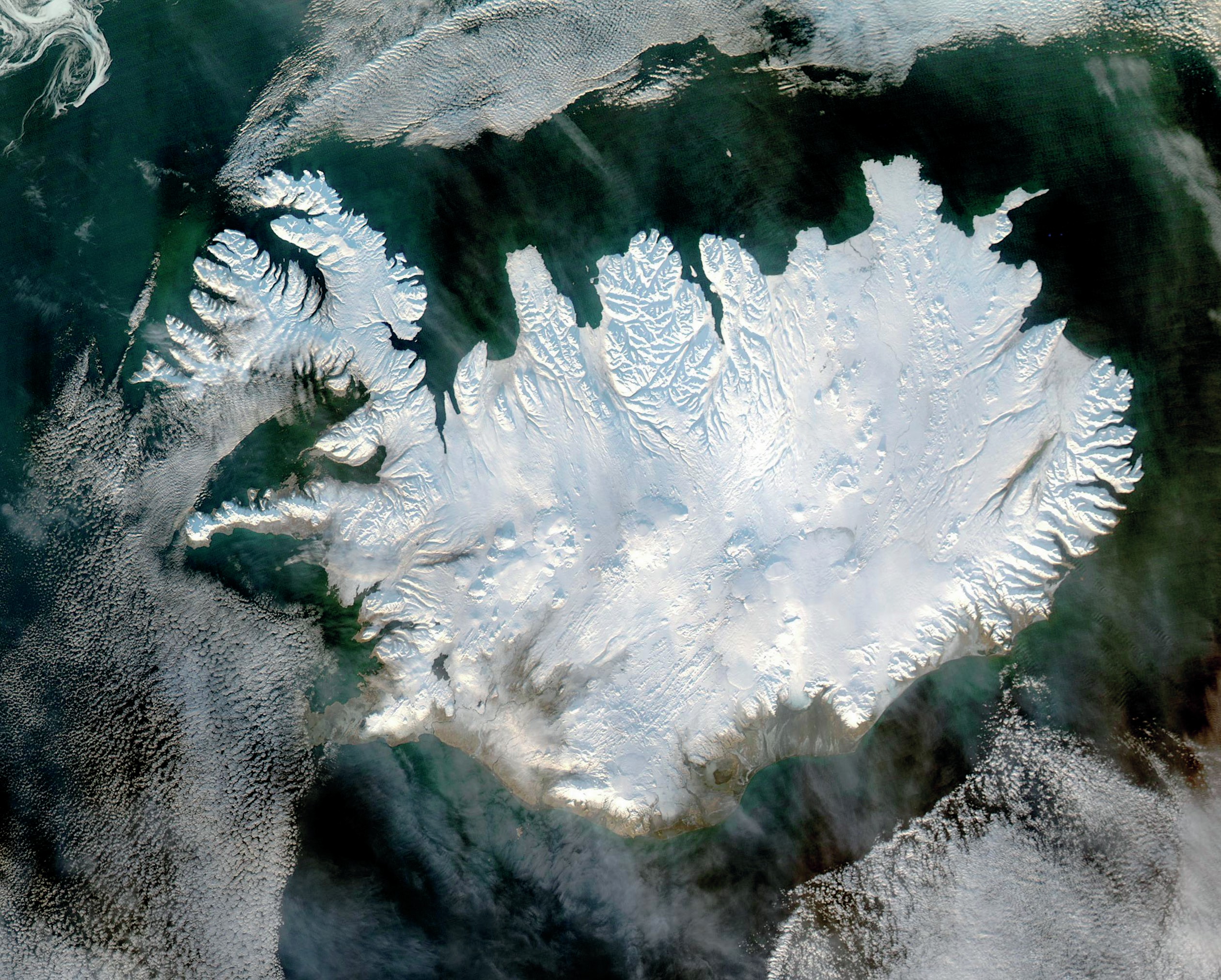
For more on Iceland go to: www.hoddereducation.co.uk/geographyreviewextras
Iceland is unlike any other country (see Box 1). Uniquely positioned atop one of the Earth’s 40,000 km of mid-oceanic ridges, it allows us to see on dry land a process usually hidden under thousands of metres of ocean — sea-floor spreading. Its location on the edge of the Arctic circle also offers the opportunity to study the interaction between volcanoes and glaciers at first hand.
Your organisation does not have access to this article.
Sign up today to give your students the edge they need to achieve their best grades with subject expertise
Subscribe




